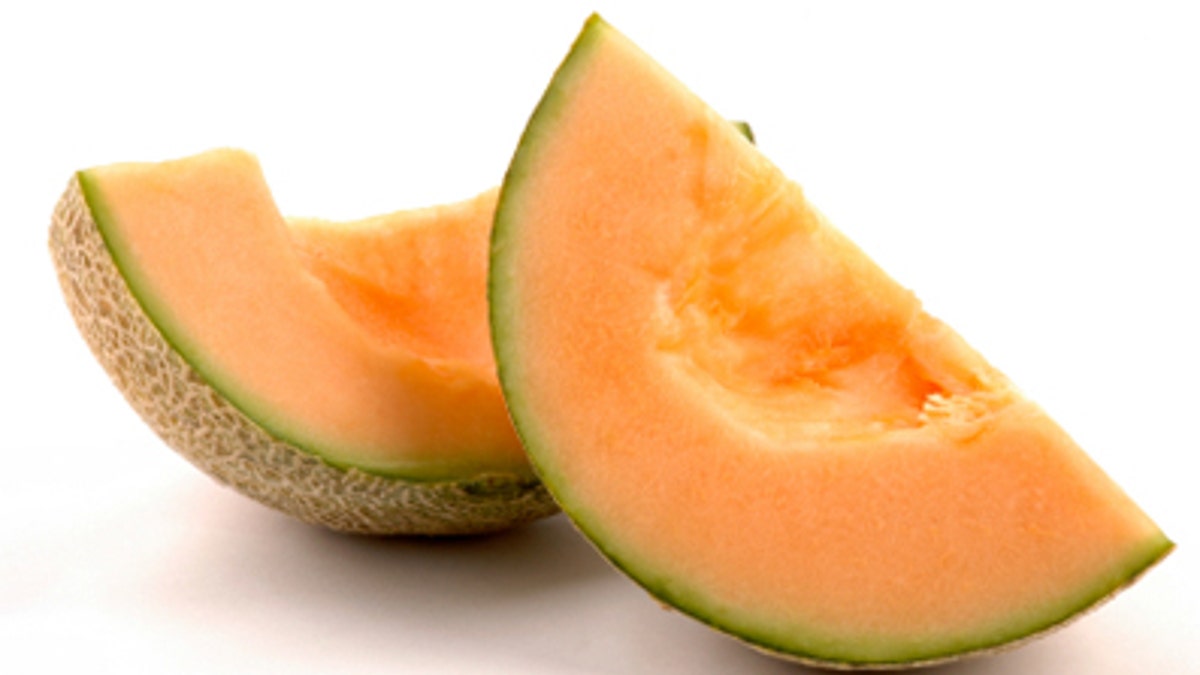
It seems as if every three to four months we hear about another food-borne illness outbreak. Two of the most recent outbreaks both involve salmonella: one in cantaloupes and one in mangoes.
In April, sushi was found to be infected by salmonella; last December it was E. coli and raw cookie dough, which was preceded by listeria-infected cantaloupe in October. Why are they so common and how can you stay safe?
Food-borne illness, also referred to as food poisoning, results from eating food contaminated by infectious organisms and/or their toxins. These infectious organisms can contaminate food throughout the production process: growing, harvesting, processing, storing, transporting or cooking.
For example, in the recent case of cantaloupes, contamination could have occurred at multiple points. Their rough, porous skin is an ideal breeding ground for bacteria. They grow on the ground where they are exposed to dirt, germs and possibly, animal feces; their crevices make thorough cleaning difficult and while cutting them, knives can transfer the bacteria to the inside flesh.
Symptoms of food poisoning can begin anywhere from hours to days or even weeks after consuming contaminated food. Nausea, vomiting, diarrhea, abdominal pain/cramps and fever are the most common symptoms associated with food poisoning and last, on average, from one to ten days. Treatment most often involves rehydration and antibiotics, depending on the type of bacteria.
People with immature or impaired immune systems, e.g. elderly, pregnant women, infants, and patients with chronic diseases, are at a greater risk of contracting a severe form of food poisoning requiring hospitalization. You should seek medical attention if you: develop a fever of greater than 101.5°, have severe diarrhea for more than three days, have blood in your vomit or bowel movements, or have symptoms of severe dehydration.
If you suspect food poisoning or have been formally diagnosed, contact your local health department to report your symptoms, what and where you ate and how soon after eating you became sick. This may help them identify an outbreak and prevent other people from getting sick.
When cooking, be sure to wash your hands, utensils and cooking surfaces thoroughly and often. While cutting raw food, i.e. poultry, beef, fish, keep it separate from other foods to prevent cross-contamination. Make sure you always cook foods to a safe temperature. Refrigerate or freeze perishable foods immediately. When defrosting foods, do so in a refrigerator over a couple hours or under cool running water – never on the counter at room temperature.
If you are already aware of a contaminated food, refrain from buying it. Furthermore, if you are doubtful of where your food originated, discard it to be safe.
Just by taking a few, simple precautionary measures you can mitigate your potential consumption of contaminated foods and remain healthy.
